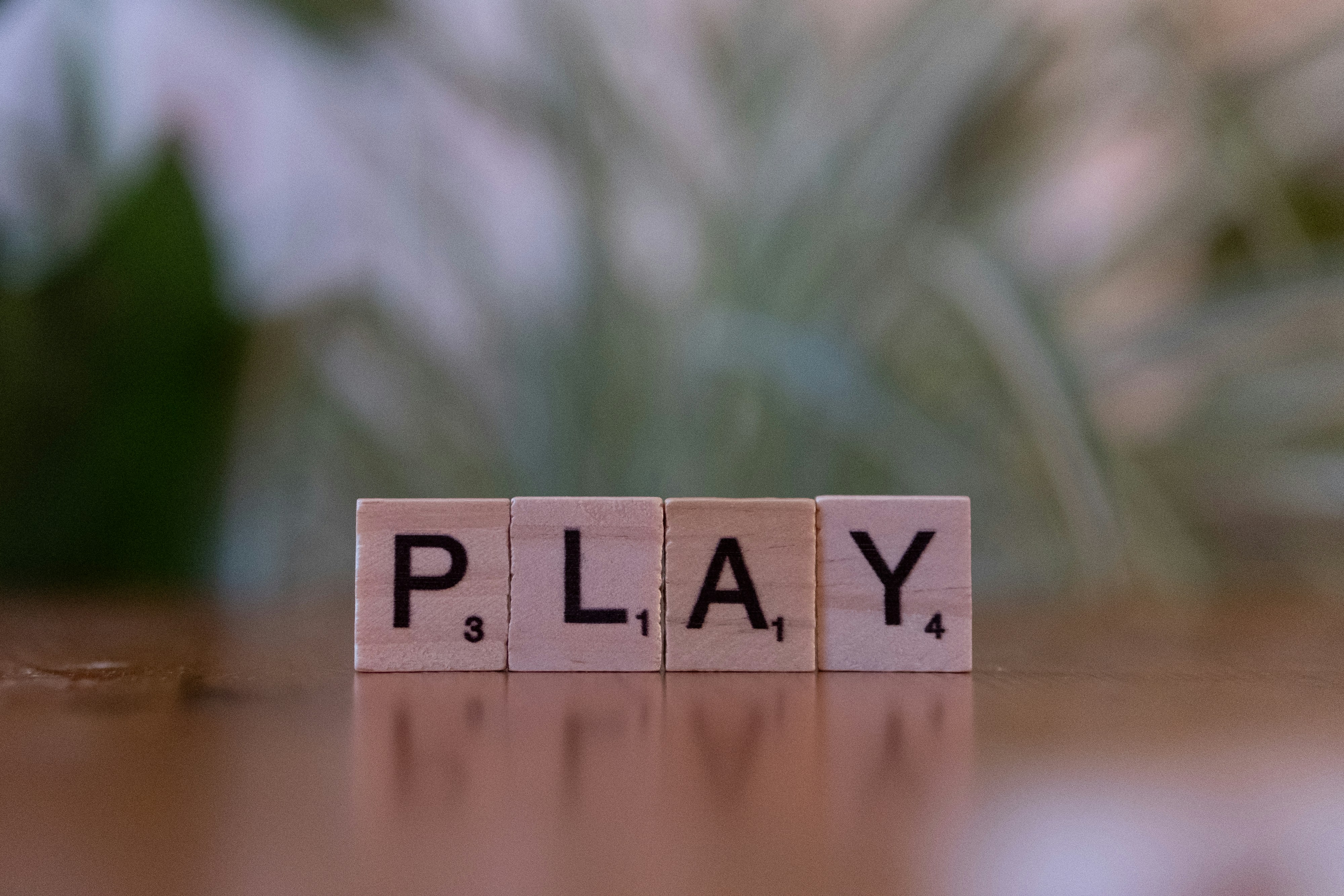Discover Plant Communication: Nurture Mental Health with Biophilia
Imagine wandering into a room filled with lush greenery, the sunlight filtering through soft leaves, and an inexplicable sense of calm washing over you. This isn’t just the beauty of nature—it’s the healing potential of plant communication at work. Indoor plants can significantly enhance mental well-being through a profound connection known as biophilia. As we shift towards more plant-centric lifestyles, let's explore how indoor plants can dramatically improve your mental health.
The Biophilia Concept
Biophilia refers to the innate human tendency to seek connections with nature and other forms of life. This connection runs deep and influences our well-being on multiple levels. According to the Harvard Business Review, biophilic designs incorporate natural elements into built environments to promote emotional health and reduce stress. Our relationship with plants isn't just aesthetic; it's fundamentally intertwined with our mental health.
Understanding How Plants Communicate
You might wonder, how exactly do plants communicate, and what does that mean for our mental health? Research indicates that plants absorb sound waves and vibrations—essentially communicating their needs and responses to their environment and, by extension, to us. When you tend to a plant, water it, or simply sit beside it, you're engaging in a form of dialogue that can foster tranquility and fulfillment. This is not merely a poetic interpretation; it's supported by scientific findings that show how plant interaction can reduce stress levels and anxiety.
The Mental Health Benefits of Indoor Plants
-
Stress Reduction: Multiple studies, as referenced in The International Journal of Environmental Research and Public Health, indicate that time spent in green areas reduces cortisol levels, a key stress hormone.
-
Improved Air Quality: Indoor plants purify the air, removing toxins and providing fresh oxygen. Healthier air contributes directly to better brain function and mood improvement.
-
Enhanced Productivity and Focus: Incorporating plants into your workspace can lead to significant boosts in productivity. In a study conducted by Texas A&M University, workers surrounded by plants were 12% more productive than those in plant-free environments.
-
Boosting Creativity: Biophilia has been found to enhance creativity. Engaging with nature, even in small indoor spaces, can spark innovative thinking and novel ideas—essential qualities for problem-solving in our daily lives.
-
Therapeutic Gardening: Engaging with plants through gardening can serve as a form of therapy, allowing individuals to express emotions, relieve tension, and channel their creative energy.
Best Indoor Plants for Mental Well-Being
Let's take a better look at several indoor plants that can boost your mental health:
-
Snake Plant (Sansevieria): Known for its hardy nature and ability to purify air, this plant is perfect for all experience levels. Its unique upright leaves also lend a modern touch to interiors.
-
Peace Lily (Spathiphyllum): Apart from purifying air, this plant is also associated with increased calmness and reduced anxiety levels.
-
Boston Fern (Nephrolepis exaltata): This lush plant thrives in humid conditions, making it a vibrant addition to bathrooms and kitchens while enhancing relaxation and air quality.
-
Pothos (Epipremnum aureum): Renowned for its cascading vines and air-purifying abilities, Pothos is perfect for creating a soothing environment regardless of your decor.
How to Incorporate Plants into Your Space
Incorporating plants into your living space doesn't have to feel daunting or complex. Here are some practical tips to make the most of indoor greenery:
-
Start Small: If you're new to plant care, begin with one or two small plants and gradually expand your collection.
-
Choose a Dedicated Space: Consider creating a plant corner or a mini indoor garden—a small table or shelf where plants can thrive.
-
Use Various Planters: Different textures, colors, and materials can enhance the aesthetics of your space. Terracotta pots, ceramic containers, or even repurposed jars can breathe life into your surroundings.
-
Try Vertical Gardening: Use wall-mounted planters to save space and introduce greenery without cluttering your floors.
-
Decorate with Care: Place plants where you spend the most time, such as your home office or bedrooms, to maximize their benefits.
The Science Behind Plant Communication and Mental Health
Scientific evidence has been emerging about the psychological benefits of connecting with plants, and understanding the science behind it gives the topic more weight.
The Emotional Interaction with Flora
According to a study from the Journal of Environmental Psychology, interacting with plants can lead to positive feelings of happiness and emotional well-being. Furthermore, nature's calming sounds—like rustling leaves or water features—enhance this experience even further.
Nature Sounds and Mental Well-Being
Consider the role of sound in your connection to plants. Various studies reveal that sounds from nature significantly lower stress levels and can even contribute to improved focus. You can explore this further in our article on nature-inspired music for healing.
The Responsibility of Care
Caring for a plant represents nurturing, discipline, and engagement, which are essential facets of mental health. Engaging with a living being requires responsibility, helping develop a purposeful routine.
Creating Your Own Green Sanctuary
Think about the concept of a green sanctuary—your personal retreat where you can reconnect with yourself and your mental well-being. In this space, you can unwind after a hectic day, read, meditate, or simply enjoy the company of your leafy companions.
Practical Activities to Enhance Interaction
Engaging with plants goes beyond watering and pruning. Here are some activities you can integrate into your routine:
-
Mindful Watering: Turn daily plant care into a practice of mindfulness, observing the nuances of each leaf and flower.
-
Garden Journaling: Keep a gardening journal to track your plants' growth and your emotional journey.
-
Plant-Based Aromatherapy: Certain plants, like lavender and eucalyptus, offer aromatic benefits that can enhance relaxation. Consider creating a soothing atmosphere through scents as discussed in our post on elevating emotional resilience with aromatherapy.
Final Thoughts
Indoor plants are more than just decorative pieces—they're powerful sources of healing and mental enrichment. Engaging with plants creates a cycle of care, connection, and emotional well-being that can uplift your spirit and transform daily living spaces into sanctuaries of peace.
Whether you're an experienced gardener or someone just starting, the healing potential of biophilia awaits you. Try integrating plants into your life and observe how they positively impact your mental health. To deepen this experience, consider exploring color therapy through your surroundings with our article on transforming your mood with color.
As you delve into this plant-centric journey, remember: the leaves rustle in response, the flowers bloom with purpose, and nature is always communicating, inviting you to join the conversation.






